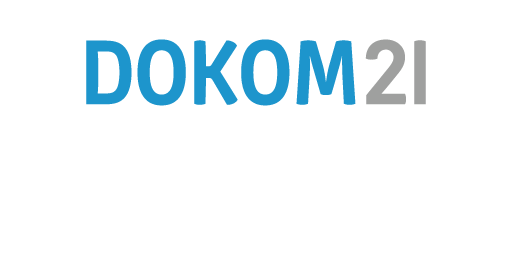Utility suppliers

Protecting utility networks: IT security as the backbone for energy and water
Digitalization in the utility industry is opening up new opportunities—from smart electricity meters and automated network control to data-based consumption optimization. Information technology has long been an integral part of critical infrastructures, both in the operation of control centers and in the networking of decentralized facilities.
A key development is the increasing connection of operational technology (OT) systems with traditional IT systems. This convergence improves efficiency, enables central control, and increases transparency—but it also brings new security challenges: OT systems are often not designed for modern cyber threats, while IT infrastructures must keep pace with the high availability and process reliability of OT.
Resilient IT networks for critical infrastructures

Utilities in the water, electricity, gas, and district heating sectors are considered operators of critical infrastructure (KRITIS) and are therefore subject to particularly high requirements in terms of security and system stability. In addition to aging system landscapes such as SCADA or control systems, external maintenance access and new legal requirements (e.g., NIS2 Directive, IT Security Act 2.0, BSI-Kritis Ordinance, CRA) pose major challenges. At the same time, the threat level from cyberattacks such as ransomware, espionage, sabotage, or misconfigurations is increasing.
To meet these challenges, ARP-GUARD offers a specialized network security solution for critical infrastructures that provides utilities with both transparency and protection.

Challenges in the utility industry
- Critical infrastructure operator status: High security standards due to legal classification as critical infrastructure.
- Technically outdated system landscapes: Many SCADA and control systems in use are no longer state-of-the-art.
- External maintenance and remote access: Service provider access via VPN or other interfaces are potential gateways for attacks.
- Regulatory requirements:
- NIS2 Directive
- IT Security Act 2.0
- BSI Critical Infrastructure Regulation
- Cyber Resilience Act (CRA)
Increasing security threats
- Ransomware & industrial espionage: Increasing connectivity increases the attack surface for malware and espionage tools.
- Sabotage by third parties: Utility companies are increasingly being targeted by state and criminal actors.
- Misconfigurations and vulnerabilities: Open ports, insecure maintenance interfaces, or poorly secured legacy devices jeopardize network security.





